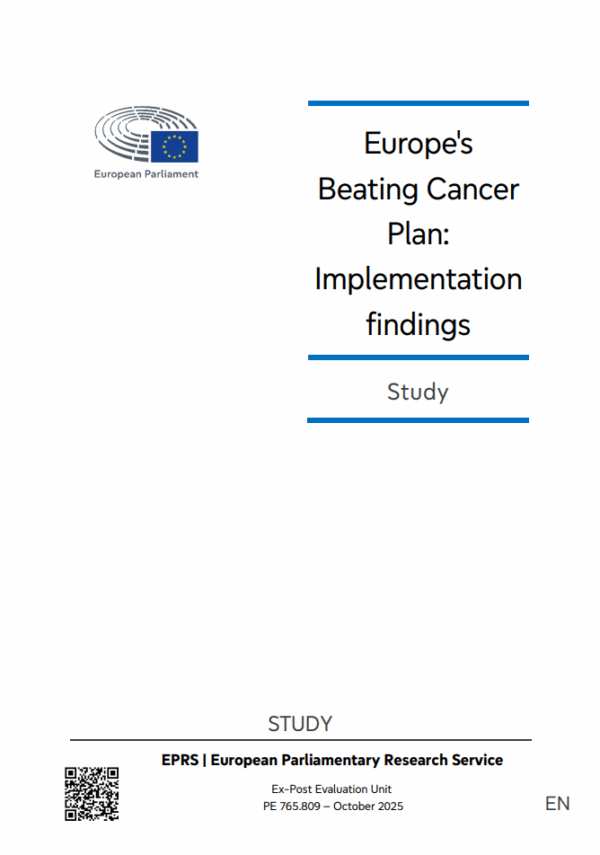To address Europe’s competitiveness delay in the domain of artificial intelligence (AI), the European Commission is investing heavily in building AI factories and gigafactories across Europe. They promise to create dynamic ecosystems for frontier AI development, bringing together compute, data, and talent. While acknowledging the Commission’s efforts in driving infrastructure deployment, we examine whether it can meet its goals by investigating the implications of the factory locations, the type of architecture that is being built, and the type of AI that is likely to be deployed.
This CEPS In-Depth Analysis paper leverages data on patents, scientific publications, start-up investment, AI vacancies and electricity prices to analyse the conditions in the selection of factory locations. It finds that they are being built mostly outside of AI ‘hubs of excellence’ and that they are not leveraging the most favourable energy conditions in Europe. It also discusses whether, rather than focusing on generative AI and emulating the US approach at smaller scale, Europe should consider launching moonshots on alternative AI solutions and re-committing to its values by coupling the factories with dedicated research tracks on AI trustworthiness. Finally, it investigates the implications for Europe’s sovereignty of relying solely (or mostly) on one technology provider for the supply of key components, including most notably AI chips.
To read a CEPS Expert Commentary summarising the key findings of this paper, please click here.










